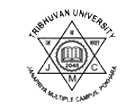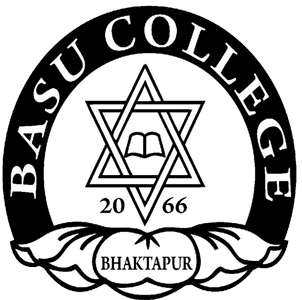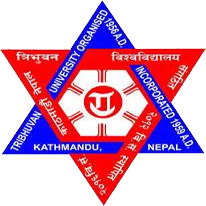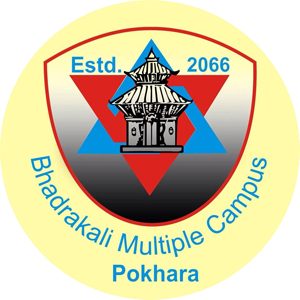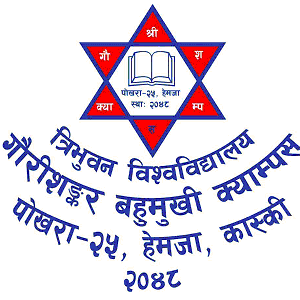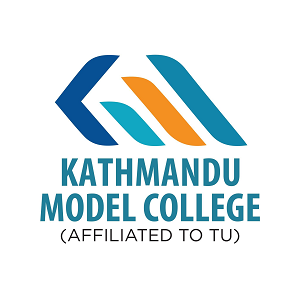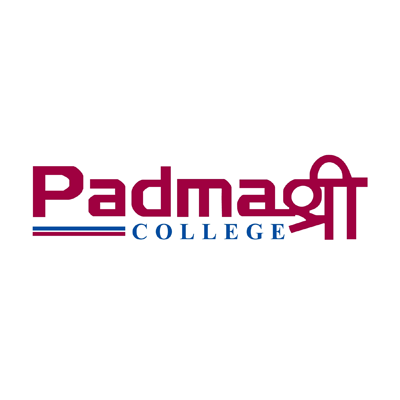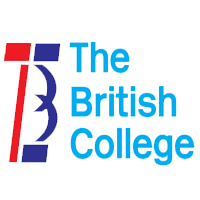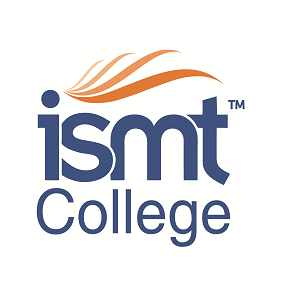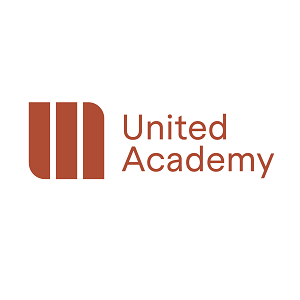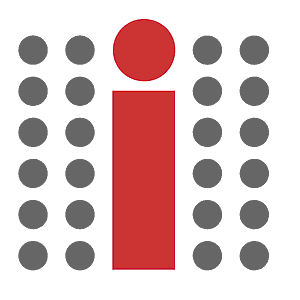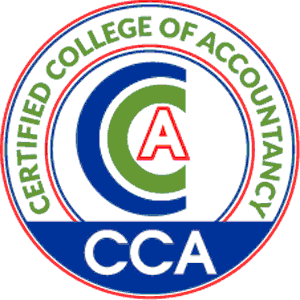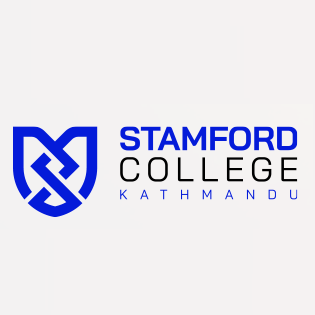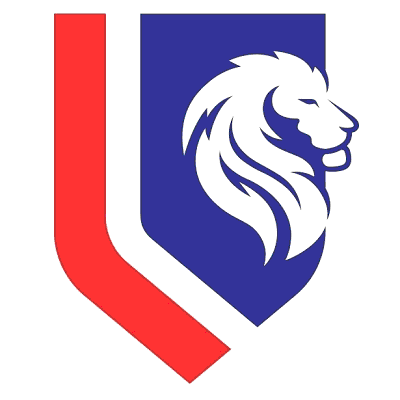Overview
Kanya Campus Pokhara (KCP), Nadipur, Pokhara, was established in 1991 AD as a non-profit, philanthropic, and community-based educational institution in Nepal affiliated with Tribhuvan University (TU). KCP offers TU-affiliated Bachelor's and Master's degree programs such as BIM, B.Ed, BA, BBS, MBS, and NEB-affiliated 10+2 programs (Management, Humanities, and Education.
Since its establishment, it has consistently empowered girls to pursue higher education in a learning environment conducive to them. Promoting women's education is a strong pillar of the nation-building process; KCP primarily works in this area to empower women through quality higher education.
Kanya Campus Pokhara is dedicated to developing well-educated, highly skilled, trained, and capable human resources to accept the growing challenges of the increasingly competitive employment environment. Through its extracurricular activities and programs, KCP strongly supports its students in enhancing their leadership and participatory capabilities, building moral character and confidence, realizing their true potential, and sharpening their decision-making abilities. Students are expected to be able to stand on their own feet by earning outstanding academic careers.
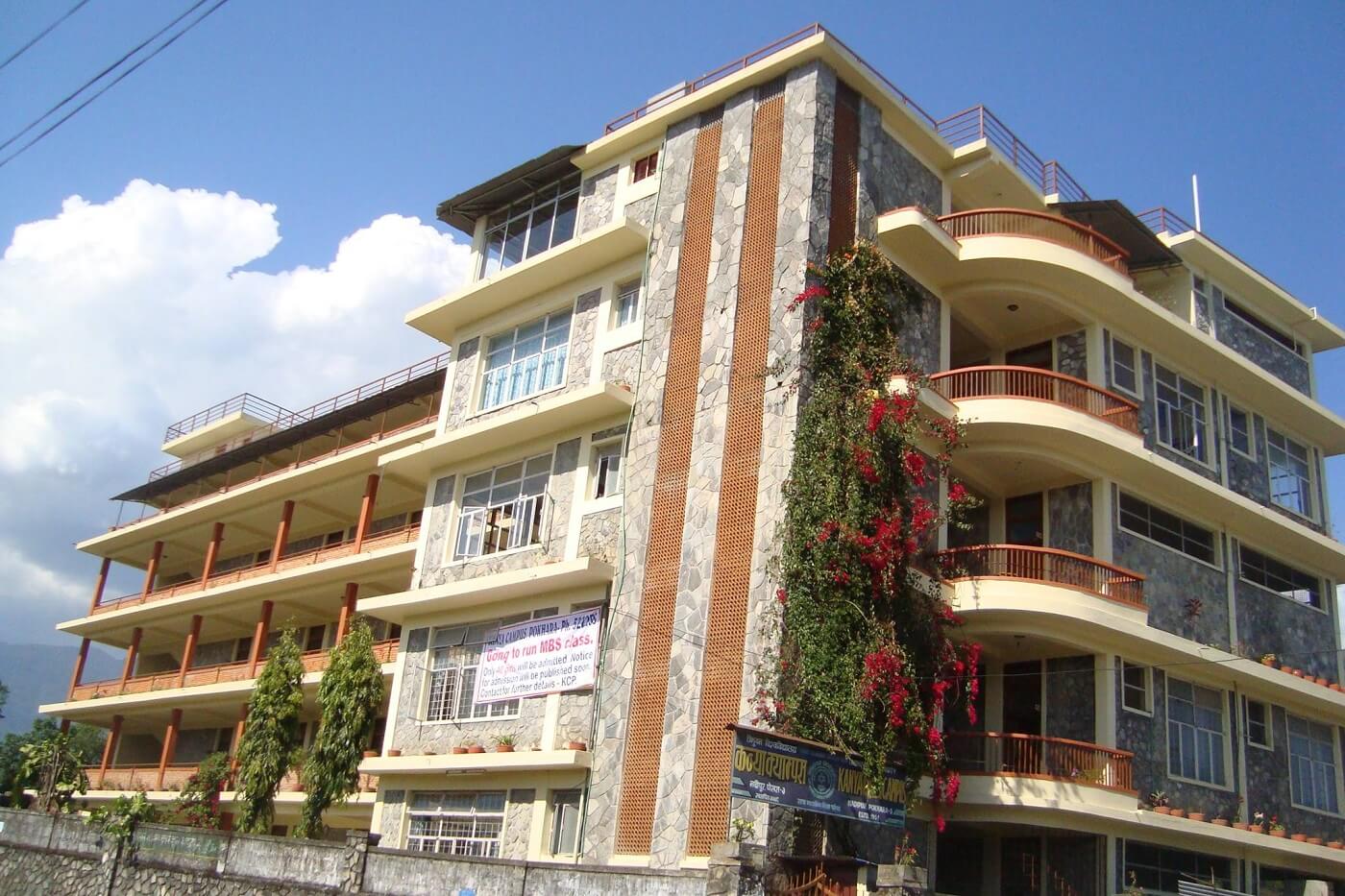
Vision
The vision of Kanya Campus is to develop the institution as a center of excellence, producing skilled, quality human resources through quality education using modern teaching pedagogy and research techniques and empowering women.
Mission
KCP aims to empower women through quality education, producing self-reliant, skilled human resources who can significantly contribute to society's and the nation's progress.
Teaching Methods and Pedagogy
KCP strives for continuous learning and guidance for in-depth and efficient learning so that students can acquire a strong academic foundation, conceptual clarity, and relevant skills to succeed in a globally competitive job-seeking environment.
In addition to the lecture method, KCP encourages its faculty to implement various methods and techniques, such as:
-
Seminars/Presentations
-
Case studies
-
Expert guest lectures
-
Observation and group discussions
-
Conferences/Workshops
-
Field/Project work/Term paper writing
-
Industrial visits
-
Thesis/Research writing
-
Internships
Goals
• Develop qualitative human
resources,
• Create a techno-friendly teaching-learning environment,
• Develop campus as a research-oriented teaching institution,
• Establish campus as a quality campus (accreditation on quality assurance (QAA),
• Identify and mobilize resources for the sustainability of the institution) I
Objectives
a) Produce competitive, skilled, and capable female human resources,
b) Make teaching and learning activities effective by using modern technology,
c) Enhance the capacity of teachers and staff,
d) Provide an educational environment with physical facilities for students to study and teach,
e) Make proper arrangements for physical infrastructure, including a well-organized library, playground, laboratory, cafeteria,
f) Create a research-oriented teaching-learning environment and motivate students, teachers, and staff toward research and discovery.
i) Increase the student enrollment rate and establish the campus as a higher educational center to make it self-reliant, j) Make arrangements for hearing complaints and suggestions received from students,
k) Make the administrative and financial aspects of the institution efficient, effective, and transparent.
Facilities
Library and Computer Labs
Kanya Campus Pokhara has a spacious, well-equipped library with sufficient textbooks and reading materials. Students must regularly use the library and prepare themselves with ample subject matter. The campus also has a computer lab with internet access.
Its Environment and Facilities
Classrooms are modern, spacious, and equipped with comfortable furniture. Audio and visual media aids are also available for effective teaching and learning. The campus environment is clean and green and has a calm and conducive atmosphere for effective learning. A separate restroom with beds and attached toilet and shower facilities is provided in the campus building. A Kanya Canteen is also operated to provide clean food and refreshments for the students.
Grounds and Extracurricular Activities (ECA)
Various sports facilities include volleyball, badminton, table tennis, etc. A space is arranged in the campus building. Competitions are organized monthly and annually, and prizes are distributed to the winners. Girls are encouraged to participate in quiz competitions, debates, programs, art painting, dance competitions, cultural programs, and other activities to promote the all-round development of personality.
Fee Structures
BBS / BEd / BA Progams
Admission Form Charge: Rs 400
|
S.Nos. |
Years |
Annual Fee |
|
1 |
1st |
Rs 28,675.00 |
|
2 |
2nd |
Rs 25,100.00 |
|
3 |
3rd |
Rs 24,100.00 |
|
4 |
4th |
Rs 22,600.00 |
Remarks
-
The practical Fee in every year is Rs. 500 (for BA and B.Ed 4 Years Courses)
-
Practice Teaching fee Rs. 3000 (for B.Ed 4th Year)
-
Project work Report fee Rs. 3000 (for BBS 4th Year)
BIM Program
Admission Form Charge: Rs 500
|
S.Nos. |
Semesters |
Semesters Fee |
|
1 |
1st |
Rs 52,500.00 |
|
2 |
2nd |
Rs 37,500.00 |
|
3 |
3rd |
Rs 37,500.00 |
|
4 |
4th |
Rs 37,500.00 |
|
5 |
5th |
Rs 37,500.00 |
|
6 |
6th |
Rs 37,500.00 |
|
7 |
7th |
Rs 37,500.00 |
|
8 |
8th |
Rs 37,500.00 |
MBS Programs
Admission Form Charge: Rs 500
|
S.Nos. |
Semesters |
Semesters Fee |
|
1 |
1st |
Rs 31,500.00 |
|
2 |
2nd |
Rs 29,500.00 |
|
3 |
3rd |
Rs 29,500.00 |
|
4 |
4th |
Rs 29,500.00 |
Future Plans:
Considering the reality that the Kanya Campus needs to move forward while facing the above-mentioned challenges for its timely development and upgrading, the following future policies and action plans have been put forward:
1) Amend the statutes promptly,
2) Improve the campus cafeteria,
3) Intensify research programs on the campus,
4) Regularly publish Kanya Journal and conduct short research work,
5) Establish rooms for various departments,
6) Build a computer room with internet,
7) Expand the use of technology in teaching and learning,
8) Manage the girls' rest house and health room,
9) Improve the library, including the construction of an e-library,
(10) Organize the assembly hall with a modern sound system,
11) Reorganize and mobilize the parents' committee,
12) Form separate boards of directors for NEB and TU programs and manage accounting and library separately.
13) Organize training, workshops, and tours to enhance the capacity of the faculty and staff of the campus.
14) To take the initiative to develop full-time and permanent teachers on the campus.
15) To take the initiative to arrange for the campus's vehicles.
16) To obtain Quality Assurance Accreditation (QAA).
17) To establish this community-run campus as a QAA-accredited campus, focusing only on women's education, which is the educational heritage of Gandaki Province and the entire Nepal.
Contact Kanya Campus's administrative office for detailed information on the course, admissions, location, fees, scholarships, facilities, counseling or eligibility.
Contact Details
Kanya Campus
Email Address: kcpokhara2048@gmail.com
Phone Number: +977-61-572256, +977-61-583456, +977-61-585342
Website: http://kanyacampus.edu.np
Location: Nadipur, Pokhara, Kaski



